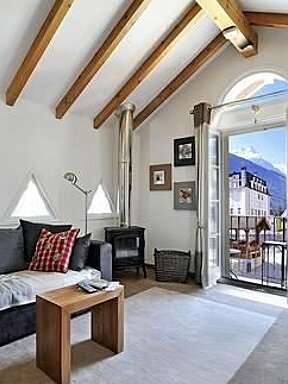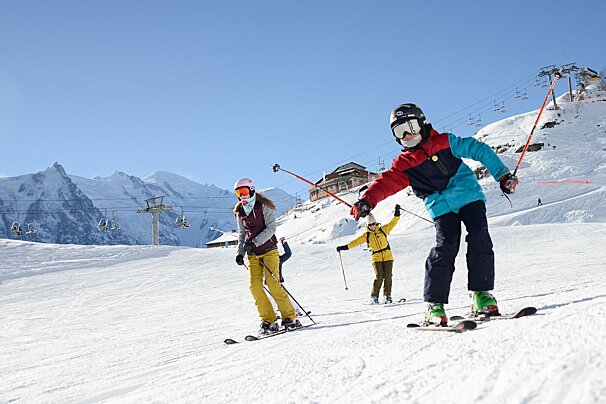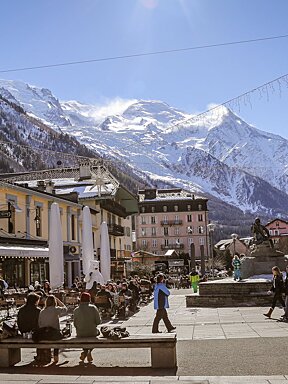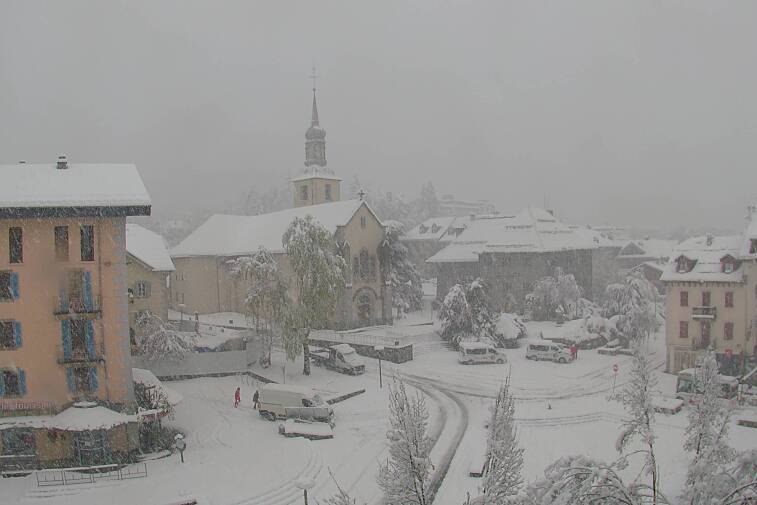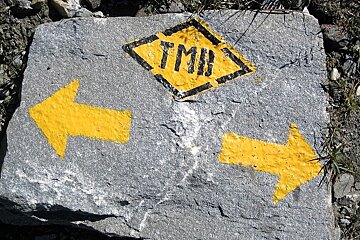

© SeeChamonix.com

© SeeChamonix.com

© SeeChamonix.com

© SeeChamonix.com
Tour du Mont Blanc
The TMB is one of the most popular long distance walks in Europe
For those keen to discover the majestic beauty of the Mont Blanc, but perhaps a little too scared of heights to contemplate a full ascension of Western Europe’s highest peak, then the Tour du Mont Blanc is for you.
The Tour du Mont-Blanc (also known as the TMB) is a mountain walk accessible to all experienced walkers, passing through some spectacular scenery and traversing the borders of France, Italy and Switzerland.
The route
The encompassing route is usually walked in an anti-clockwise direction and can be completed between 7-10 days. Those more familiar with Chamonix or ultra-marathons may recognise this as the route of the Ultra Trail of Mont Blanc (UTMB) where they make a somewhat speedy approach and winners complete the entire distance in less than 24 hours! In total the route takes in around 175 kilometres of walking and a fair bit of elevation gain too!
Although the TMB trail is indicated on the map, the official route has changed over the years and consequently there are a number of alternative routes that fit under the title of the ‘tour’. Nevertheless for an indication of the traditional route which starts off in Les Houches and has the following stages:
- Refuge Tré-la-Tête – Contamines Montjoie
- Refuge du Col de la Croix du Bonhomme
- Refuge Elisabeth (into Italy)
- Courmayeur – choice of refuges and evens some hotels!
- Refuge Bonatti
- Champex – choice of refuge or camping (into Switzerland)
- Refuge du Col de Balme (back into France)
- Refuge de la Flegère
- Finish in Chamonix
The beauty of the Tour du Mont Blanc is the possibility to personalise the route allowing you to adapt the tour to your own requirements and own desires, with the Mont Blanc tunnel a half-tour is even possible.
Equipment
Standard trekking equipment applies here, however carrying a backpack for several days needs some thought: extra and unnecessary weight will mean additional hard work during the tour. The rucksack should be sufficiently large (50l) to contain comfortably all your equipment.
Depending on time of year and accommodation preference – August or June, refuge or bivouac – your equipment will vary. However a broken-in pair of waterproof walking shoes are essential. Other essentials should include a waterproof jacket, warm clothes, sun cream, water, sunglasses and a first aid kit.
Sleeping in a tent would require a decent sleeping bag which can protect you to at least 5 °C. Whereas sleeping in the refuges only requires a liner aka a ‘meat-sack’.
Touring in June may require crampons and an ice-axe as you will undoubtedly see a bit of snow on route.
There are a number of different equipment shops in Chamonix that can help you get correctly kitted out and also hire certain equipment.
Planning
Unfortunately the tour does require some careful planning. At the beginning of summer you must be aware of the snow levels, whilst towards the end of the summer the weather does become more variable and temperature ranges increase.
In terms of accommodation there are many refuges available on route which means that the tour can be broken down into segments which match your walking endurance. Refuges take on variety of forms, from separate bedrooms to large mixed-sex dormitories and nearly all provide cooked meals as part of a half-board offering. Despite the large number of refuges the popularity of the Tour du Mont Blanc is ever increasing and can result in problems finding accommodations, so advice is to book in advance.
For those wanting to camp this is possible but certain restrictions apply; in France some refuges let you set up camp next the refuge at no extra cost, whilst in Italy and Switzerland campsites are the way to go.
The Office de Haute Montagne (OHM) in Chamonix can provide advice, complete list of refuges and maps to help you plan your trip.





